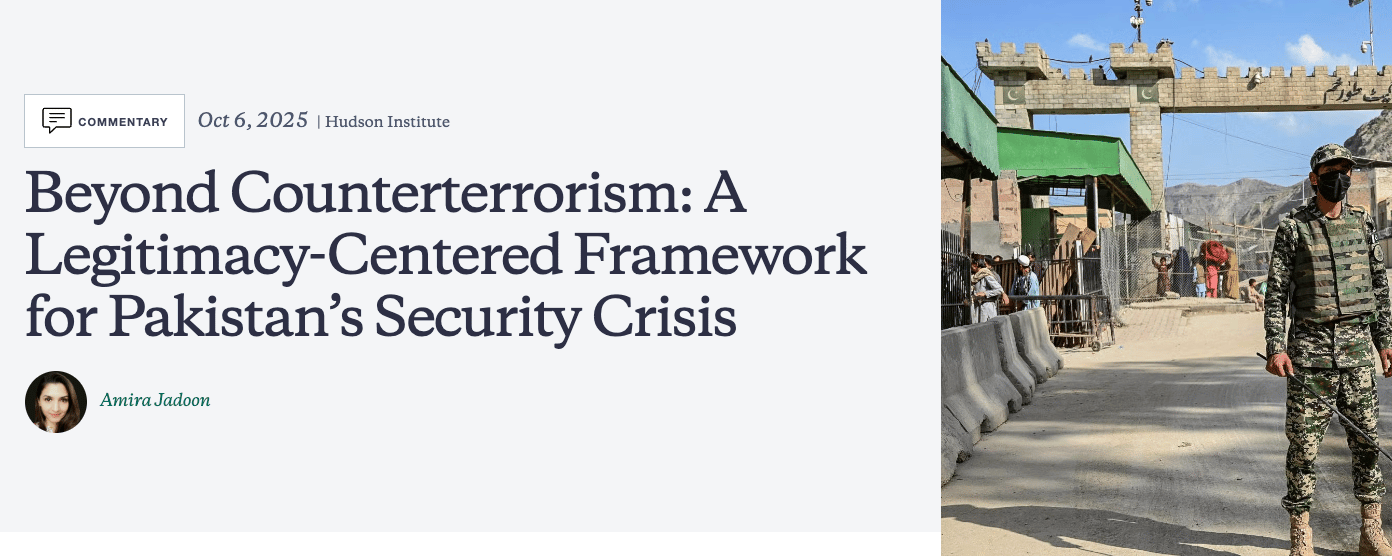Pakistan-Afghanistan: Escalating Tensions and Ceasefire
Pakistan and Afghanistan have reached a 48-hour ceasefire following deadly border clashes that escalated over the weekend of October 11–12, 2025—the most severe fighting between the two countries in years. The escalation stems from suspected Pakistan's military strikes against Pakistani Taliban (TTP) hideouts in Afghanistan on October 9, prompting retaliatory Taliban attacks. Islamabad claims to have killed over 200 Taliban fighters, while the Taliban assert that at least 58 Pakistani soldiers were slain. The underlying driver remains the TTP sanctuary issue: Pakistan blames Kabul for allowing sanctuary for the Pakistan Taliban, as well as other groups such as the Balochistan Liberation Army (BLA). TTP attacks have increased sharply since the Taliban returned to power in Afghanistan in August 2021, with data indicating that its activity in 2025 so far already exceeds that seen in all of 2024.
Understanding the Broader Crisis
Writing for the Hudson Institute, Amira Jadoon’s article “Beyond Counterterrorism: A Legitimacy-Centered Framework for Pakistan’s Security Crisis” argues that Pakistan’s ongoing border escalation with Afghanistan exposes deeper structural vulnerabilities. The piece highlights three interlinked dimensions of Pakistan’s security crisis—militant narrative warfare, domestic governance gaps, and regional hostilities—which together reveal the limitations of a purely kinetic, force-driven strategy.
Militant Capability and Narrative Convergence: Militants have paired tactical and technological adaptations with potent legitimacy narratives, exploiting governance gaps and political polarization. Militant’s tactical successes validate anti-state messaging, while state excesses generate new grievances in a mutually reinforcing cycle.
·Regional Encirclement: Pakistan's deteriorating regional relationships with Afghanistan and India have become sources of militant sanctuary and propaganda validation. The Taliban's return to power in Afghanistan has eliminated Pakistan's "strategic depth" on its western front, creating a sanctuary for anti-Pakistan militants. Pakistan’s strikes in Afghanistan seek to address this strategic vacuum that has become an operational liability.
Governance: Pakistan's reliance on military force, despite tactical gains, reveals how kinetic operations do little to erode the narratives that militants weave into their broader tool kit for survival, adaptation, and influence.
Pakistan’s current confrontation with Afghanistan is therefore not just a border crisis—it reflects the cumulative impact of persistent militant resilience, regional estrangement, and governance gaps. The current escalation underscores how unresolved structural weaknesses, rather than isolated incidents, continue to shape Pakistan’s broader security trajectory.
Read the Full Article here https://www.hudson.org/terrorism/beyond-counterterrorism-legitimacy-centered-framework-pakistans-security-crisis-amira-jadoon





